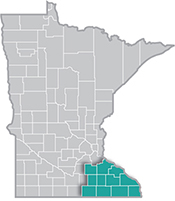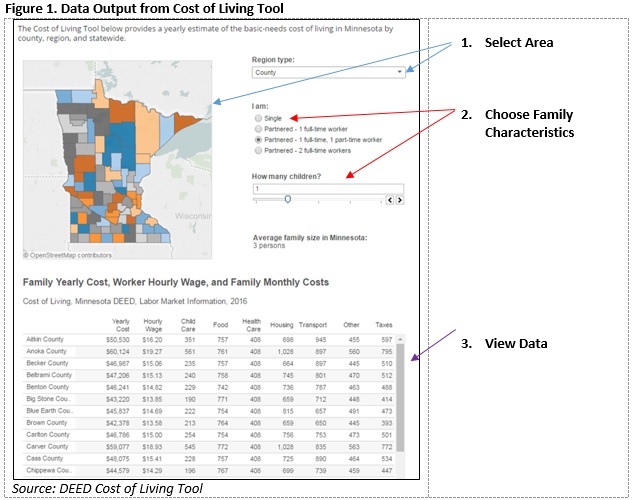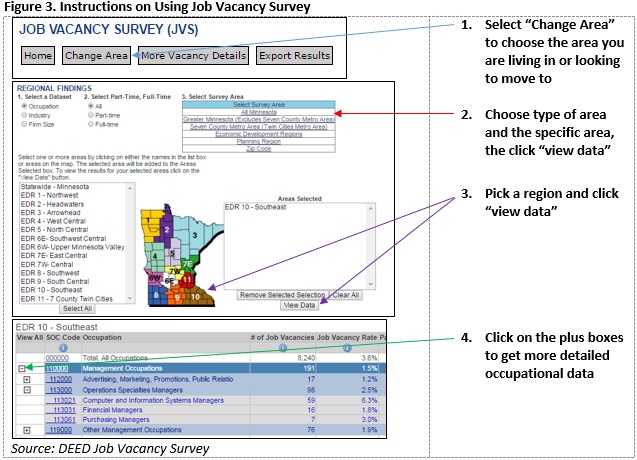 Southeast Minnesota is a health care and agricultural powerhouse. The region is home to the renowned Mayo Clinic and some of the world's most recognized food companies and brands.
Southeast Minnesota is a health care and agricultural powerhouse. The region is home to the renowned Mayo Clinic and some of the world's most recognized food companies and brands.
Advanced manufacturing is especially strong here, with machinery, chemicals, and electronics among the top products.
Want the freshest data delivered by email? Subscribe to our regional newsletters.
4/16/2016 2:23:55 PM
DEED’s labor market information data tools are a powerful asset for people that are searching for jobs, but the wealth of data can be overwhelming. Using the tools in a planned-out manner can make the process much smoother, and job seekers will have a better plan to use these tools efficiently after reading this.
Let’s begin with a simple scenario: You have been laid off from your job and are now starting your job search. Regardless if you have been working at that job for 30 years or 30 days, if the job was blue-collar or white-collar, if you are highly skilled and educated or have limited skills or education, or if you want to stay in the same field or try something different; these steps can help you make better use of your job-searching time and energy.
First things first: You may need to know how much money you need to earn. DEED’s Cost of Living (COL) tool allows you to assess how much you (and other household members) would need to make in order to meet basic cost of living needs. The COL tool is simple to use; just select the area you live in or are looking to move to, then select the characteristics of your household (such as single with or without children or partnered with or without children), and the data automatically populates below the map, as seen below.

The next step is to make sure that the job you are looking for pays well enough to allow you to cover those basic needs costs. You may already know what you want to do or still be exploring other careers with a career counselor and assessments, but you’ll need to check the wages of jobs you are interested in pursuing. This is where DEED’s Occupational Employment Statistics data tool will be useful, providing information on wage percentiles for general occupational categories or specific occupations. Figure 2 outlines how to use this tool to find wage percentiles of occupational categories and/or specific occupations.

At this point, let’s say you have found an occupation, or many occupations, you would like to pursue. The next question could be: “Are there any openings in this field?” You can use DEED’s Job Vacancy Survey to show the number of job openings, as well as the typical education and experience requirements. This detailed information can help better inform you of any preparation needed, especially if you are considering changing careers. Figure 3 outlines how to use this data tool.

The results of your search using this tool will also include data on the percent of the vacancies that are part-time, temporary or seasonal, require post-secondary education and/or a certificate or license, require one or more years of experience, as well as median wage offers. From these three steps, you will have information about an occupation — or occupations — that you know will pay enough to meet basic needs; and hopefully, there will be plenty of vacancies in the region. Now you can begin your job search on sites such as MinnesotaWorks.net. And don’t forget the power of networking!
Contact Mark Schultz.